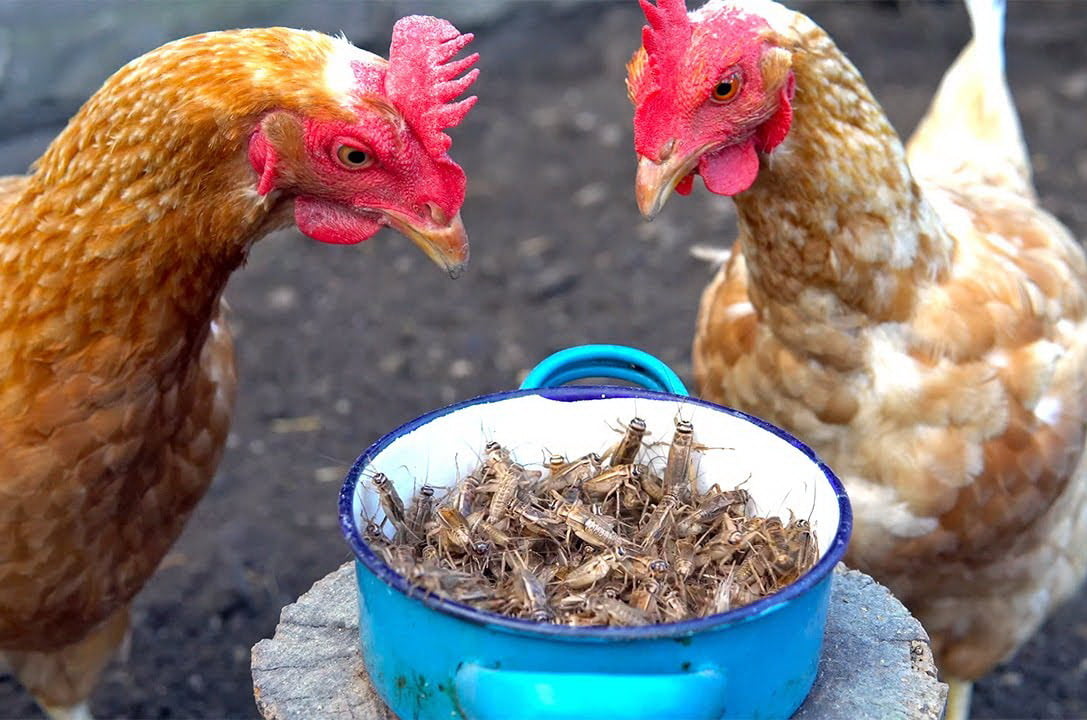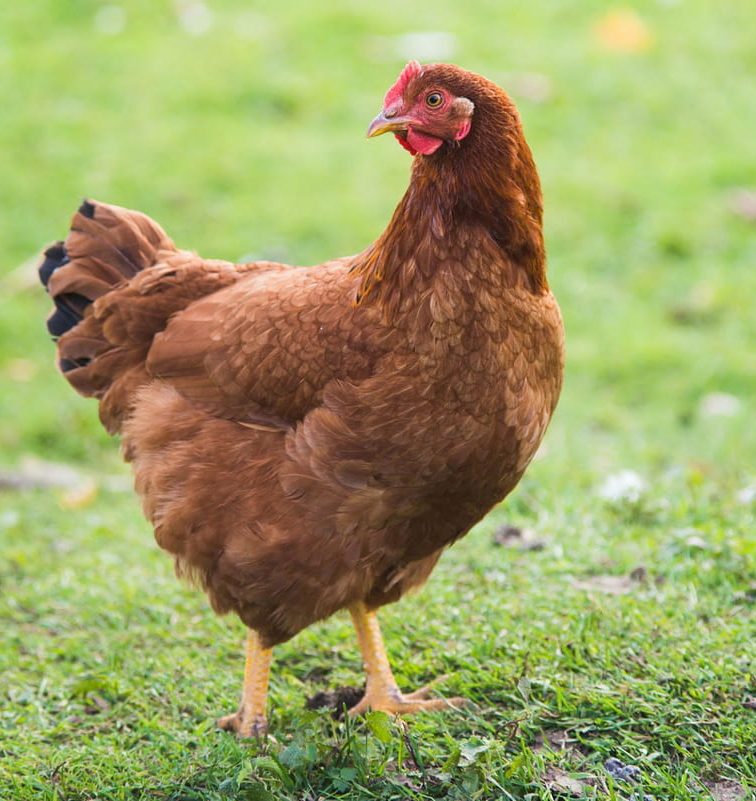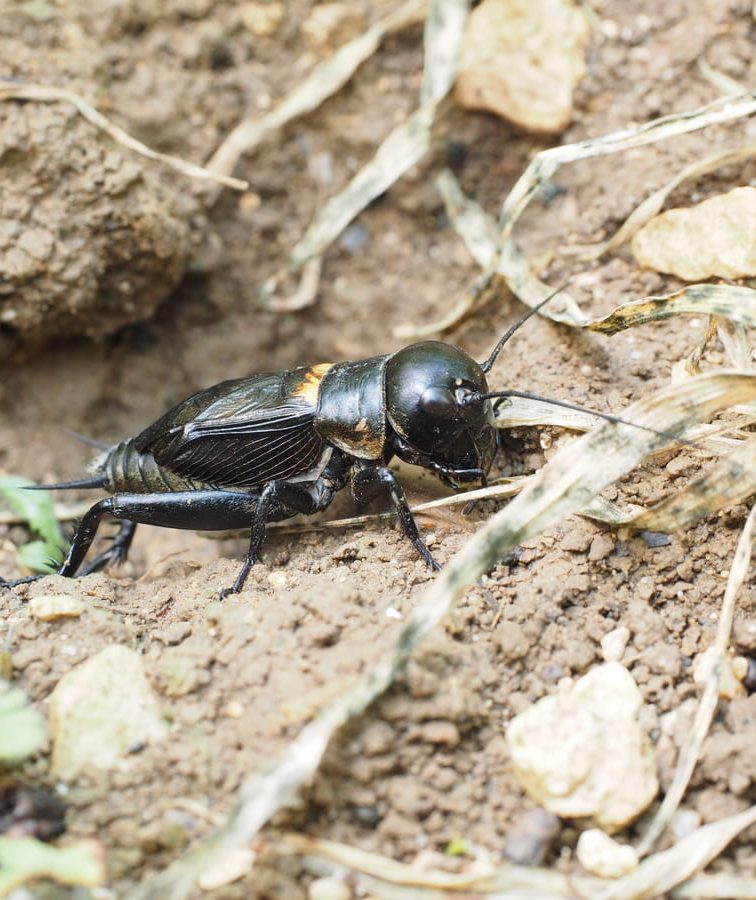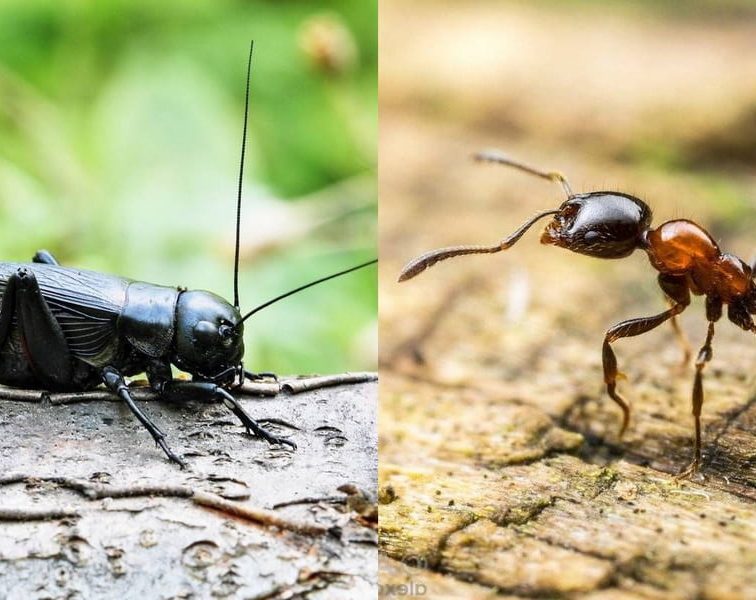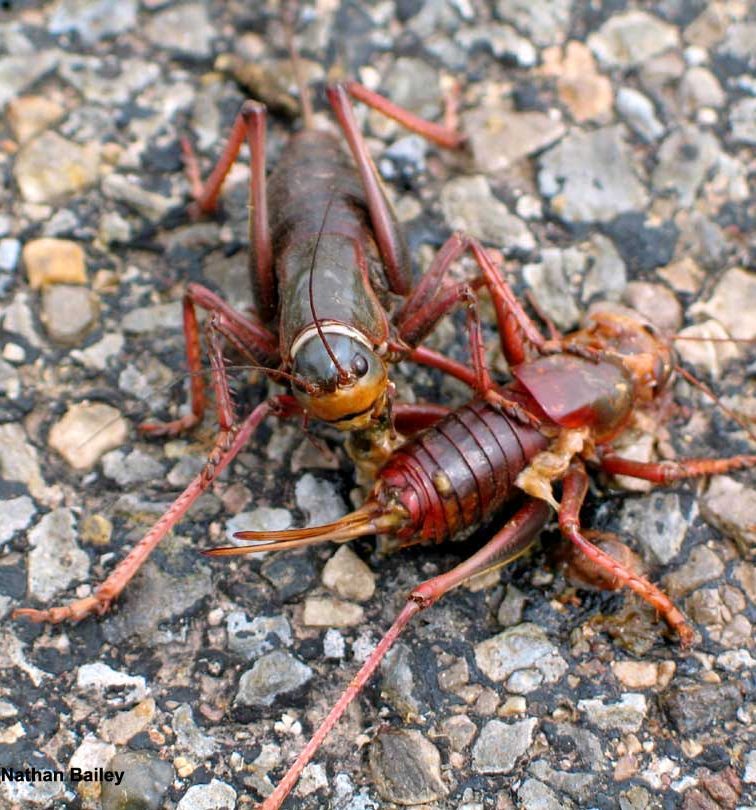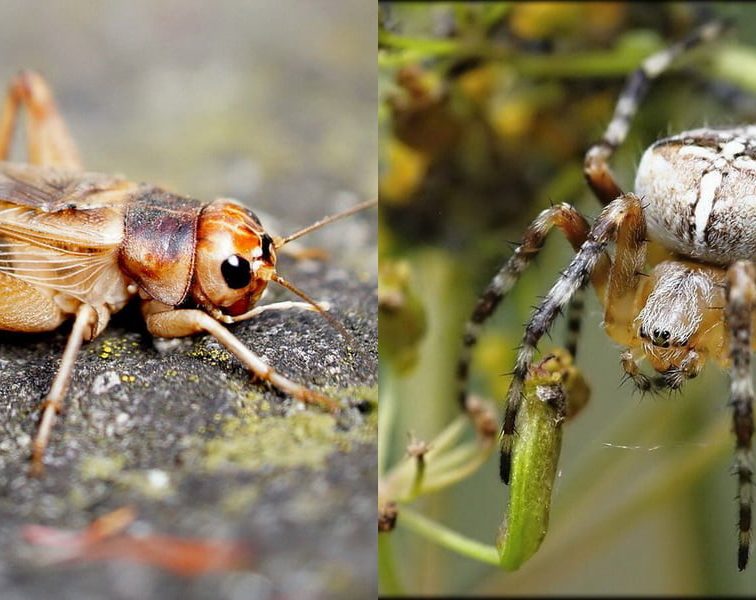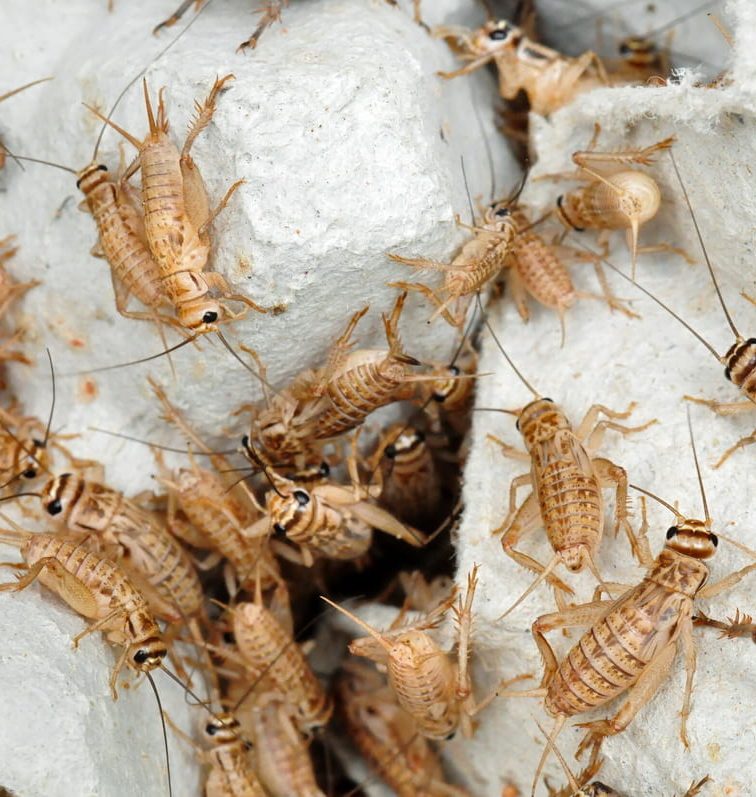In exploring the unusual dietary habits of chickens, the query “Do chickens eat crickets?” reveals a fascinating aspect of poultry nutrition. This article investigates the role of crickets, a nutrient-rich insect, in the diet of chickens.
Loaded with protein, vitamins, and minerals, crickets are more than just a snack; they are a vital component for poultry health. Yet, feeding chickens crickets is not without its challenges.
We will delve into the intricacies of feeding practices, addressing the balance between benefits and potential risks, to guide you in optimizing your chickens’ diet with this intriguing insect treat.
Nutritional Benefits of Crickets for Chickens
Crickets are highly nutritious and offer a variety of benefits for chickens. They are a rich source of protein, essential for muscle development and egg production in chickens. Additionally, crickets contain chitin, a fibrous substance in their exoskeletons, which has prebiotic properties. This promotes the growth of beneficial gut bacteria, aiding in digestion and nutrient absorption.
Furthermore, cricket protein exhibits anti-inflammatory properties due to its balance of omega-3 and omega-6 fatty acids, which can be beneficial in preventing and managing inflammatory bowel diseases in chickens.
Cricket farming also contributes to a circular economy, as crickets can be fed organic waste products, converting them into high-quality protein. This not only reduces waste but also transforms it into valuable nutrition, making it a sustainable choice.
Selecting Safe Cricket Varieties for Chicken Consumption
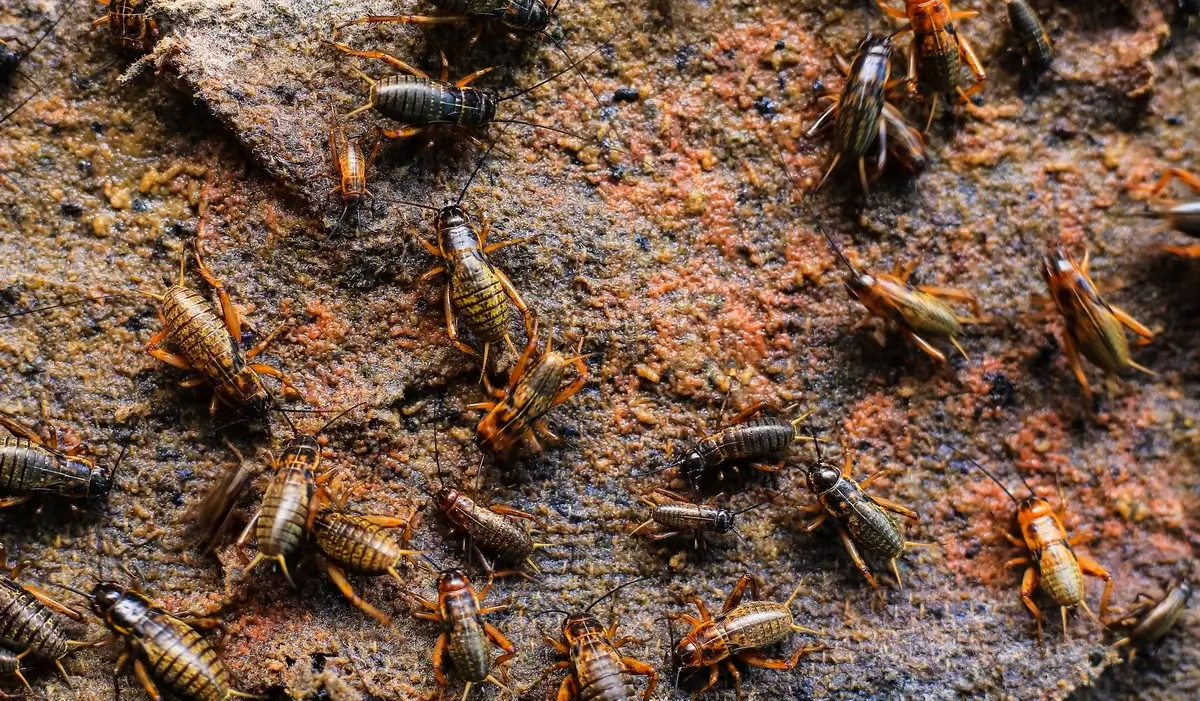
Image: modernfarmer.com
Different cricket species, including the commonly consumed house cricket (Acheta domesticus), field cricket (Gryllus bimaculatus), and others like Gryllodes sigillatus and Brachytrupes membranaceus, offer varied nutritional profiles for chickens. These crickets are rich in proteins, essential amino acids, lipids, and other nutrients, making them beneficial for chickens.
However, when considering crickets for chicken consumption, safety is paramount. Crickets should be sourced from controlled environments to ensure they are free from harmful chemicals or parasites. This is crucial since crickets from the wild or uncontrolled environments can carry risks if they have been exposed to pesticides or other harmful substances. Responsible cricket farming and sourcing from reputable suppliers guarantee the safety of these insects for chicken diets.
In summary, while different cricket species provide valuable nutrition for chickens, it is essential to source them from reliable suppliers to ensure their safety and maximize their health benefits.
Feeding Crickets to Chickens: A Full Guide
Introducing crickets to chickens’ diets should be done carefully to ensure a balanced and healthy diet. Here’s a structured approach to feeding crickets to chickens:
- Starting with a Small Number: Initially introduce a few crickets to your chickens. Observe their reaction to the new food source. Chickens may take time to develop a taste for crickets, so patience is key.
- Gradually Increasing Quantity: Once chickens start accepting crickets, you can slowly increase the amount. This gradual increase helps them adapt to the new food without overwhelming them.
Sourcing Crickets:
- Store-Bought Crickets: Purchasing crickets from pet stores or online retailers is recommended for safety reasons. These sources are more likely to provide crickets free from pesticides or harmful chemicals.
- Wild Crickets: If opting for wild crickets, ensure they are sourced from areas that are free of pesticides. However, remember there’s a risk of unknown contaminants.
Preparation and Feeding:
- Gut Loading: For wild crickets, it’s advisable to ‘gut load’ them by keeping them in a container with vegetable scraps for a day before feeding to chickens. This helps cleanse them of possible contaminants.
- Feeding Method: Introduce crickets directly into the chicken coop, allowing chickens to chase and peck at them. This not only feeds them but also provides mental stimulation and exercise.
Monitoring Chicken Health:
- Behavior Observation: Healthy chickens will actively chase and peck at crickets. It’s a natural part of their hunting behavior and a good exercise.
- Health Signs: Be vigilant for any signs of nutritional imbalance or health issues, such as lethargy, reduced egg-laying, or changes in feathers.
- Consultation: If you notice adverse reactions, consult a veterinarian or a chicken expert for advice.
Maintaining a Balanced Diet:
- Supplement, Not Staple: Crickets should be a supplement to a balanced diet, not the main component. Chickens require a variety of foods to meet their nutritional needs.
- Alternatives to Crickets: Alongside crickets, consider incorporating other insect options like mealworms, earthworms, and grubs. Non-insect protein sources like seeds and legumes can also be beneficial.
- Commercial Feed: Ensure that crickets and other treats complement a reliable, nutritionally complete commercial chicken feed.
Raising Your Own Crickets:
- If you’re interested in a consistent supply of crickets, consider raising your own. This ensures a controlled source free from pesticides and allows for managing the diet of the crickets.
In summary, while crickets can be a nutritious and enjoyable treat for chickens, they should be introduced gradually and as part of a varied diet. Monitoring the health of your chickens during this dietary change is crucial to ensure their well-being.
Special Considerations for Baby Chickens
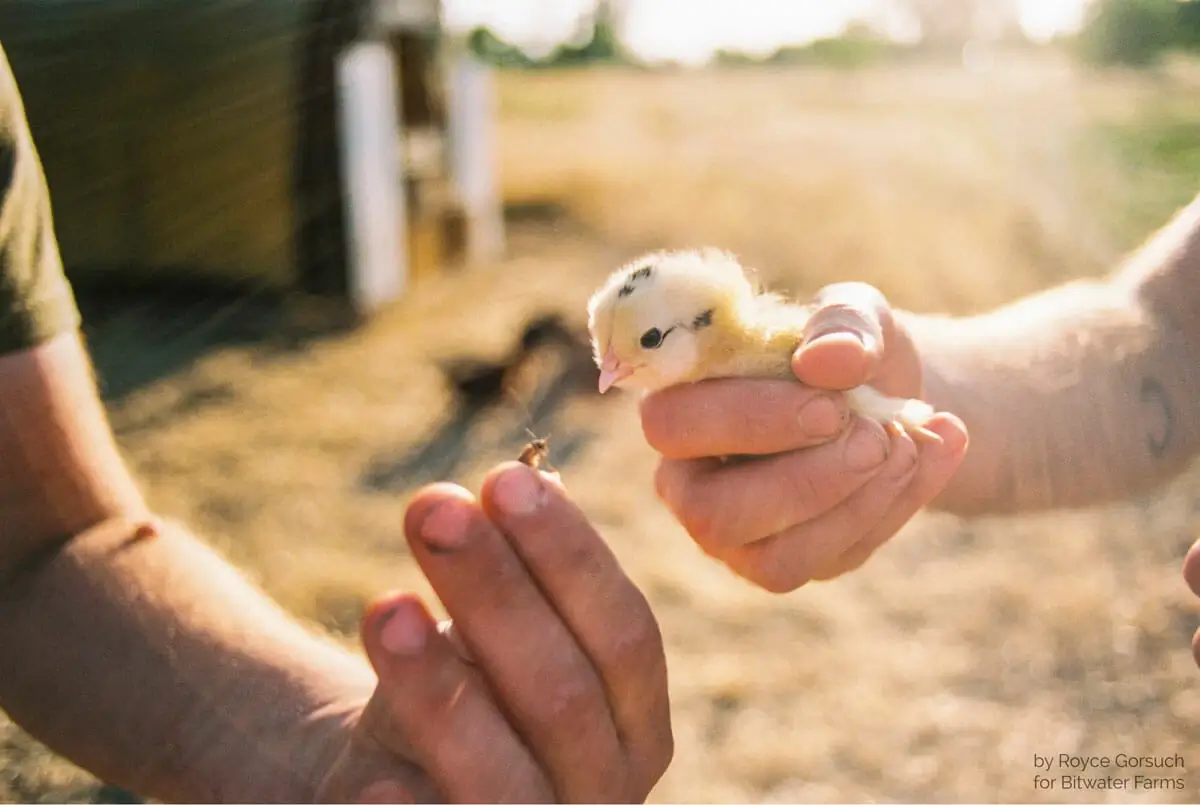
Image: modernfarmer.com
Feeding baby chickens, or chicks, with crickets involves some special considerations to ensure their health and proper development. Chicks can safely eat crickets as they are omnivores and naturally feed on a variety of animal and plant matter, including insects like crickets.
For baby chicks, it is recommended to wait until they are at least 3 weeks old before introducing crickets into their diet. This waiting period allows their digestive systems to develop adequately to handle different types of food, including the tough exoskeleton of crickets, which contains chitin. Although chickens have chitinase in their guts to digest chitin, baby chicks might need extra grit in their diet to help them digest crickets properly. If chicks do not have enough grit, they might struggle to digest the crickets, leading to potential health issues.
When introducing crickets to chicks, it’s best to start with smaller-sized crickets, about ½ an inch long or shorter. This size is more manageable for the chicks to eat. You can feed the crickets to the chicks either live or freeze-dried. If you’re using live crickets, you can toss them on the ground for the chicks to chase and eat. For freeze-dried crickets, you can either toss them on the ground for the chicks or crush them and mix them with the chick feed.
Remember that the bulk of the chicks’ diet should be starter feed, as it contains all the necessary nutrition for their growth and development. The treats, including crickets, should not exceed 10% of their overall diet.
If there is a broody hen with the chicks, you may let them have crickets within 48 hours after hatching, as the hen will likely introduce bugs to them. However, in the absence of a broody hen, it’s better to delay giving crickets to the chicks for about a week to ensure they adapt to the starter feed, which is crucial for their early development.
Alternatives to Crickets
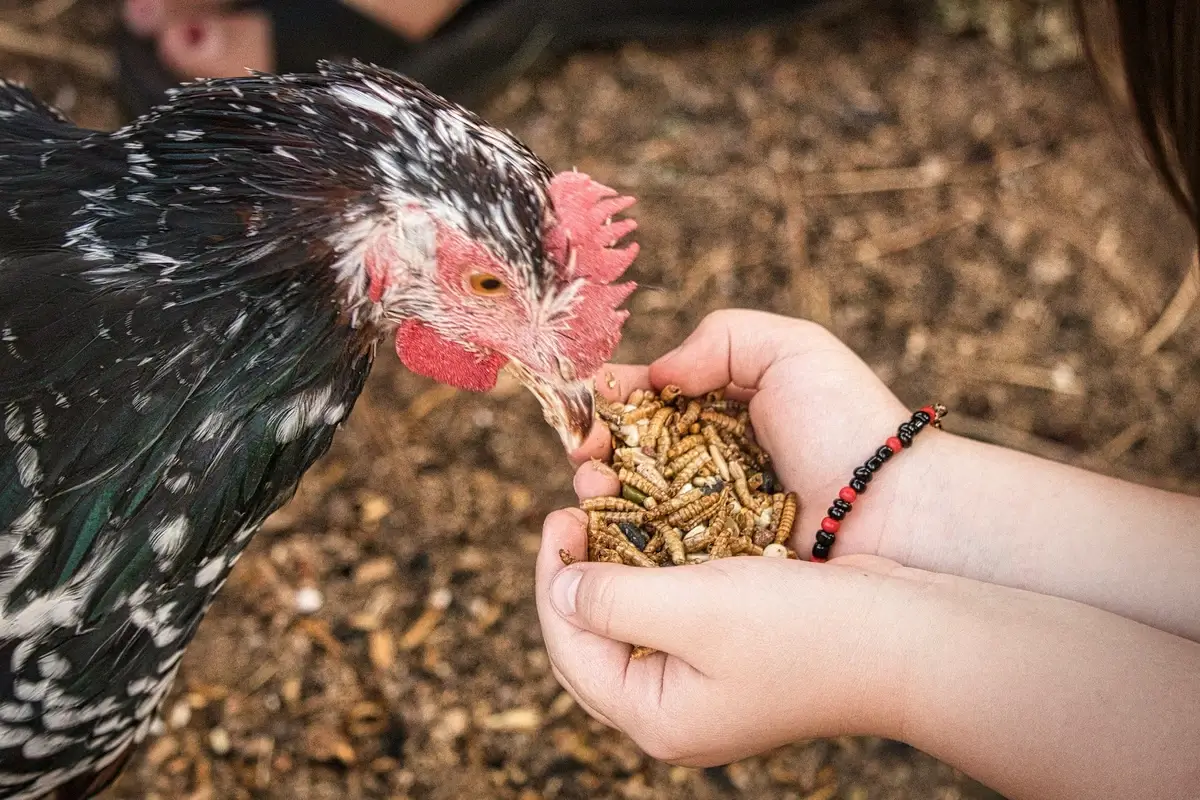
Image: waddleandcluck.com
For poultry, especially chickens, there are several alternative protein sources to crickets that can be incorporated into their diet. These alternatives include both insect and non-insect protein sources, each offering unique nutritional benefits.
Insect Protein Sources:
- Mealworms: These are a popular alternative and are rich in protein. Mealworms can be fed live or dried to chickens.
- Earthworms: Earthworms are another excellent protein source. They are particularly beneficial due to their ability to reproduce quickly and consume various organic wastes. However, it’s important to control the cultivation medium to avoid heavy metal and pollutant absorption by earthworms.
- Silkworm Pupae and Black Soldier Fly Larvae: These are emerging as sustainable protein sources for poultry feeding. They are recognized for their rapid growth and high protein content.
- Grubs and Maggots: These can also be included in poultry diets. They are often readily accepted by chickens and provide a natural foraging opportunity.
Non-Insect Protein Sources:
- Brewers’ Grain and Distillers’ Dried Grains with Solubles (DDGS): These are by-products from the brewing and distillation industry. They are rich in protein, fat, minerals, and vitamins, making them suitable for poultry feed.
- Gluten Feed and Meal: These are by-products of the starch manufacturing process. Corn gluten meal, for example, is a protein-rich feed and can be a significant protein source for poultry.
- Plant-Based Proteins: Other plant-based proteins such as seeds and legumes can be included in the diet. These provide essential amino acids and other nutrients crucial for the growth and health of chickens.
In conclusion, while crickets are a valuable protein source for chickens, there are numerous alternatives that can be used to diversify and balance their diet. Both insect-based and plant-based proteins offer unique nutritional benefits and can contribute to the overall health and well-being of poultry.
Conclusion
In conclusion, the question “Do chickens eat crickets?” opens the door to understanding the diverse dietary needs of chickens. While crickets are a nutritious option, providing essential proteins and minerals, they should be introduced gradually and not exceed 10% of the chickens’ diet.
Alternatives like mealworms, earthworms, grubs, seeds, and legumes offer varied nutrients, ensuring a balanced diet. This approach not only supports the health and growth of chickens but also caters to their natural foraging behavior, enhancing their overall well-being.


